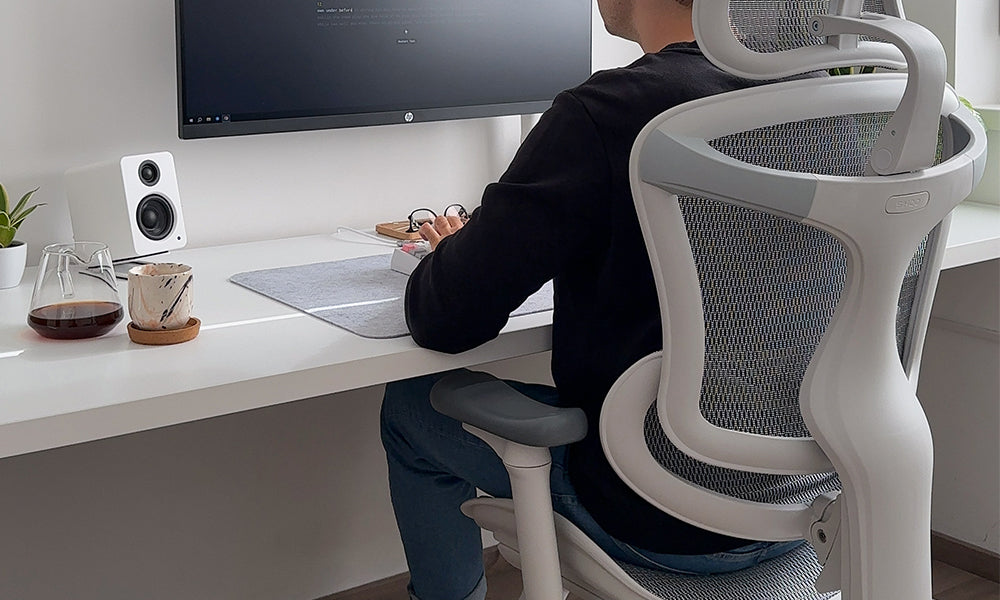The rise of desk jobs, increased screen time, and the convenience of transportation have contributed to a significant decrease in physical activity. One of the most common activities associated with sedentary behavior is sitting for extended periods. While sitting may seem harmless, it poses several health risks that can have long-term consequences on our well-being. In this comprehensive article, we will delve into the three prominent health risks associated with prolonged sitting.
Musculoskeletal Issues
Prolonged sitting can have a profound impact on the musculoskeletal system, leading to a range of issues that affect the bones, muscles, and joints. The human body is designed for movement, and when it remains in a static position for an extended period, it can result in poor posture and muscle imbalances.
a. Poor Posture: Sitting for too long often contributes to poor posture, as individuals may slouch or hunch over their desks. This can lead to muscle imbalances and increased stress on the spine, resulting in conditions such as kyphosis or lordosis.
b. Back Pain: One of the most common musculoskeletal issues associated with prolonged sitting is back pain. The lack of movement can cause compression of the intervertebral discs, leading to discomfort and stiffness in the lower back. Over time, this can progress into chronic conditions like herniated discs.
c. Neck and Shoulder Strain: Staring at screens and working on computers for extended periods can strain the neck and shoulders. This may lead to conditions such as text neck, characterized by pain and damage to the neck muscles due to the forward tilt of the head during screen use.
Cardiovascular Complications
Sedentary behavior, including prolonged sitting, is closely linked to an increased risk of cardiovascular complications. The heart is a muscle that requires regular exercise to maintain its strength and efficiency. When individuals sit for long durations without adequate movement, it can contribute to the development of cardiovascular issues.
a. Poor Circulation: Sitting for extended periods can impede blood circulation, especially in the legs. This can lead to swelling, numbness, and an increased risk of blood clots, deep vein thrombosis (DVT), or peripheral artery disease (PAD).
b. Increased Blood Pressure: Studies have shown that prolonged sitting can lead to an increase in blood pressure. Elevated blood pressure is a significant risk factor for heart disease and stroke, making it crucial to incorporate regular physical activity into daily routines.
c. High Cholesterol Levels: Sedentary lifestyles are associated with higher levels of bad cholesterol (LDL) and lower levels of good cholesterol (HDL). This imbalance in cholesterol levels can contribute to the development of atherosclerosis, a condition characterized by the buildup of plaque in the arteries.
Metabolic Consequences
Prolonged sitting has been linked to various metabolic consequences, including insulin resistance and obesity. The lack of physical activity can negatively impact the body's ability to regulate blood sugar levels and maintain a healthy weight.
a. Insulin Resistance: Sitting for extended periods has been shown to contribute to insulin resistance, a condition where the body's cells become less responsive to insulin. This can lead to an increased risk of type 2 diabetes, as the body struggles to regulate blood sugar effectively.
b. Weight Gain and Obesity: Sedentary behavior is a significant contributor to weight gain and obesity. When individuals engage in minimal physical activity, they burn fewer calories, and excess energy is stored as fat. This can lead to an unhealthy increase in body weight and a higher risk of obesity-related conditions such as metabolic syndrome.
c. Increased Risk of Type 2 Diabetes: The combination of insulin resistance and weight gain due to prolonged sitting significantly elevates the risk of developing type 2 diabetes. Regular physical activity is crucial in preventing and managing this metabolic disorder.
Mitigating the Risks of Prolonged Sitting
Now that we've explored the health risks associated with prolonged sitting, it's essential to discuss strategies to mitigate these risks and promote overall well-being.
Incorporate Regular Movement: Break up long periods of sitting by incorporating short breaks for movement. Set a timer to remind yourself to stand, stretch, or take a short walk every 30 minutes.
Use Ergonomic Furniture: Invest in ergonomic chairs and desks to support good posture and reduce the strain on the musculoskeletal system. Ensure that your workspace is designed to promote comfort and movement.
Engage in Physical Activity: Regular exercise is essential for maintaining overall health. Aim for at least 150 minutes of moderate-intensity aerobic activity or 75 minutes of vigorous-intensity aerobic activity per week, along with muscle-strengthening activities on two or more days a week.
Stay Hydrated: Proper hydration is crucial for overall health. Drinking an adequate amount of water throughout the day can help support circulation and prevent issues like blood clots.
Practice Desk Exercises: Incorporate simple exercises that can be done at your desk, such as neck stretches, shoulder rolls, and seated leg lifts. These exercises can help alleviate muscle stiffness and improve circulation.
Conclusion
Prolonged sitting is a widespread yet often overlooked health risk in our modern society. The musculoskeletal issues, cardiovascular complications, and metabolic consequences associated with sedentary behavior emphasize the importance of adopting a more active lifestyle. By incorporating regular movement, maintaining good posture, and engaging in physical activity, individuals can mitigate the risks of prolonged sitting and pave the way for better overall health and well-being. Taking proactive steps to address these health risks today can contribute to a healthier and more active future.



